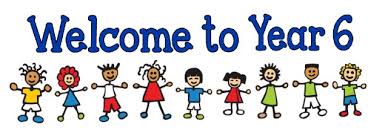
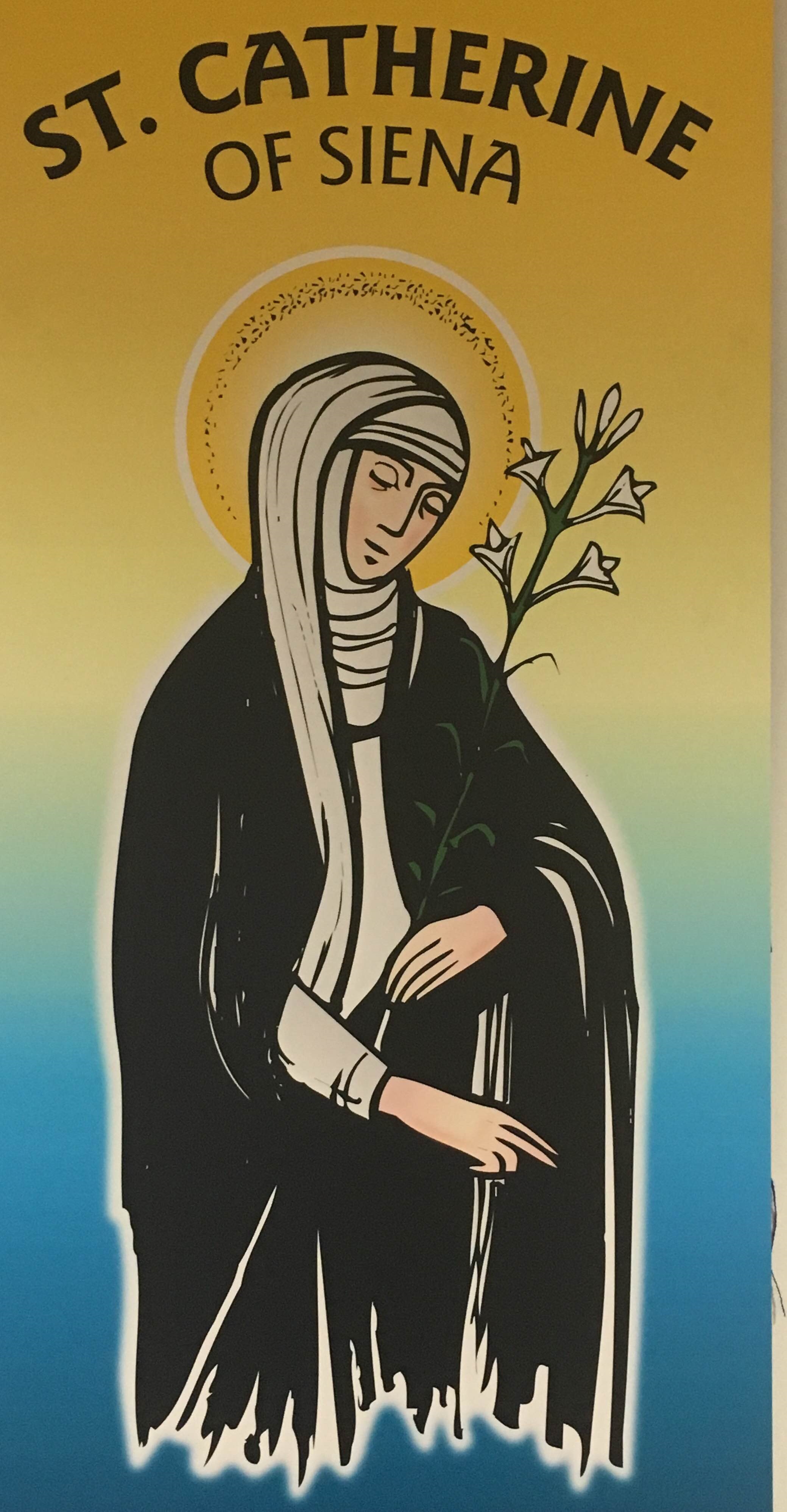
St. Catherine of Siena
Feast Day:April 29
Born:1347 :
Died:1380
Catherine was born at Siena, Tuscany in Italy. Catherine was the youngest in a family of twenty-five children. When she was six years old Jesus appeared and blessed her. Her mother and father wanted her to be happily married. But, Catherine wished only to be a nun. To make herself as unattractive as possible, she cut off her long, beautiful hair. Her parents were very upset and scolded her often. They also gave her the most difficult housework to do. But Catherine did not change her mind. Finally, her parents stopped bothering her and allowed her to become a nun.
St. Catherine was very honest and straightforward with Jesus and scolded him when he was not around to help her in her struggles and temptations. Jesus told her that because he was in her heart she was able to win her struggles by his grace. In those days the Church had many problems. There were fights going on all over Italy. Catherine wrote letters to kings and queens. She even went to beg rulers to make peace with the pope and to avoid wars. Catherine asked the pope to leave Avignon, France, and return to Rome to rule the Church as it was God's will. He listened to St. Catherine and did as she said. Catherine never forgot that Jesus was in her heart. Through her, Jesus helped the sick people she nursed and comforted the prisoners she visited in jail. This great saint died in Rome in 1380 when she was just thirty-three. She is the patroness of Italy, her country. Hundreds of years later St. Catherine was named a Doctor of the Church. She received this great honor because she served Jesus' Church boldly during her short lifetime.
AUTUMN NEWSLETTER
AUTUMN CROSS CURRICULAR PLANNING
FOUNDATION SUBJECT PLANNING AUTUMN
AUTUMN TIMETABLE
NEWSLETTER SPRING
TIMETABLE SPRING
FOUNDATION SUBJECT PLANNING SPRING
CROSS CURRICULAR PLANNING SPRING
NEWSLETTER SUMMER TERM
TIMETABLE SUMMER TERM
CROSS CURRICULAR MAP SUMMER
FOUNDATION SUBJECT PLANNING SUMMER
Mrs Egboh is our class teacher in St Catherine. Mrs Bertolino and Mrs Gusciglio are our Teaching Assistants.
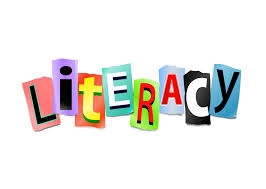
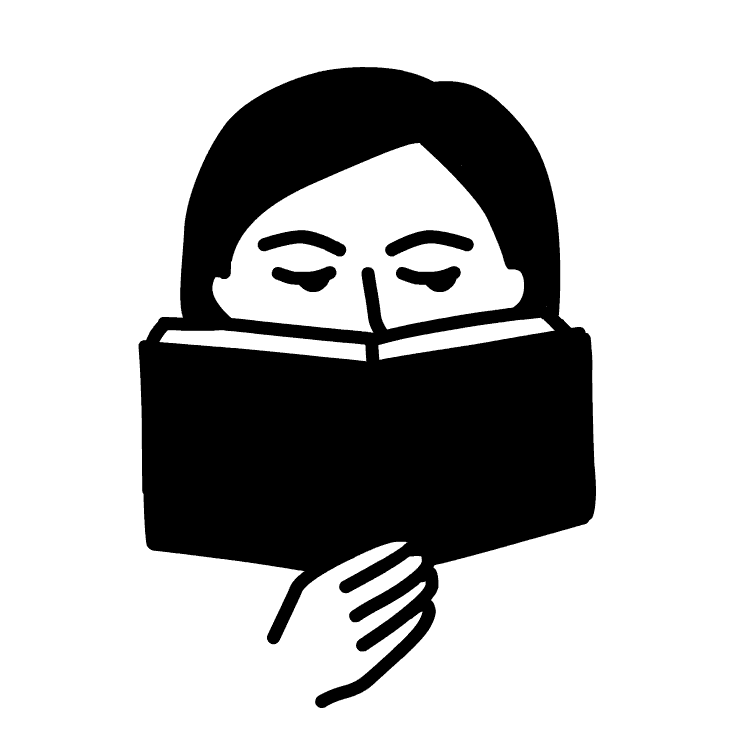
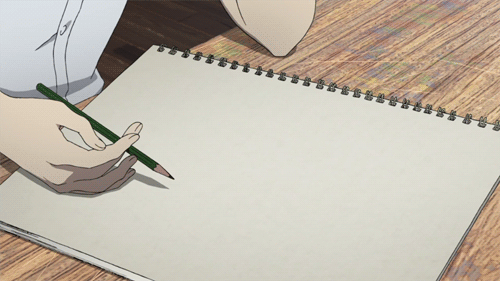
Unit 8: Ancient China
When writing, the children will:
-
use varied sentence starters
-
use varied openers for each paragraph
-
write in cohesive paragraphs
-
use modal verbs
-
use verbs for varying possibilities
Unit 9: Ancient Greece
When writing, the children will:
-
write in 3rd person
-
use parentheses
-
identify new words and synonyms
-
retrieve simple facts and answer a range of questions
-
retrieve, record, sequence and summarise information from non-fiction texts
Unit 10: Science fiction stories
When writing, the children will:
-
identify, create and use expanded noun phrases
-
use fronted adverbials
-
use synonyms
-
use and punctuate direct and indirect speech accurately
-
use parentheses
-
write in cohesive paragraphs
Unit 11: Switched fairy tales
When writing, the children will:
-
write sentences of varying lengths and structures
-
use rhetorical questions
-
use expanded noun phrases
-
use prepositions
-
use varied punctuation
Unit 12: Myths and legends
When writing, the children will:
-
write in 3rd person
-
use descriptive vocabulary
-
write sentences of varying lengths and structures
Unit 13: Biographies
When writing, the children will:
-
use coordinating conjunctions
-
use subordinate clauses
-
use subordinating conjunctions
-
use fronted adverbials
-
use prepositional phrases
Click on the link below for helpful information and activities which are all literacy based;
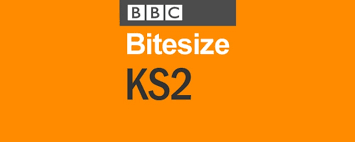
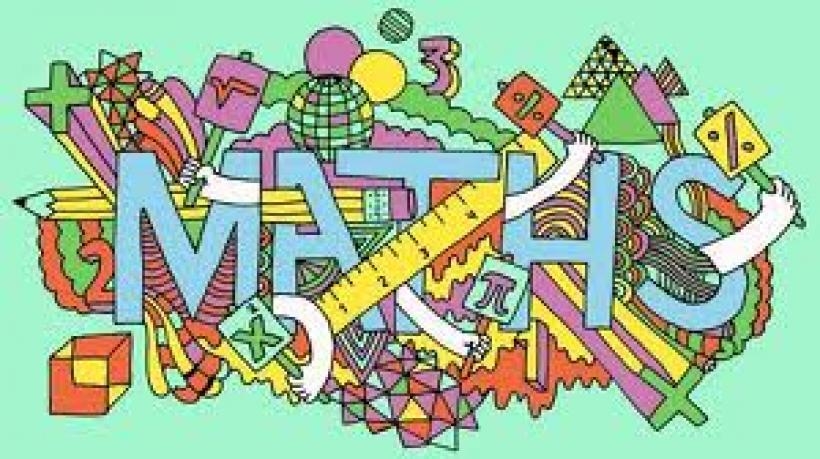
Block 2: Algebra
1-step function machines
2-step function machines
Form expressions
Substitution
Formulae
Form equations
Solve 1-step equations
Solve 2-step equations
Find pairs of values
Solve problems with two unknowns
Block 3: Decimals
Place value within 1
Place value – integers and decimals
Round decimals
Add and subtract decimals
Multiply by 10, 100 and 1,000
Divide by 10, 100 and 1,000
Multiply decimals by integers
Divide decimals by integers
Multiply and divide decimals in context
Block 4: Fractions, decimals and percentages
Decimal and fraction equivalents
Fractions as division
Understand percentages
Fractions to percentages
Equivalent fractions, decimals and percentages
Order fractions, decimals and percentages
Percentage of an amount – one step
Percentage of an amount – multi-step
Percentages – missing values
Block 5: Area, perimeter and volume
Shapes – same area
Area and perimeter
Area of a triangle – counting squares
Area of a right-angled triangle
Area of any triangle
Area of a parallelogram
Volume – counting cubes
Volume of a cuboid
Block 6: Statistics
Line graphs
Dual bar charts
Read and interpret bar charts
Pie charts with percentages
Draw pie charts
The mean
Block 7: Shape
Measure and classify angles
Calculate angles
Vertically opposite angles
Angles in a triangle
Angles in a triangle – special cases
Angles in a triangle – missing angles
Angles in a quadrilateral
Angles in polygons
Circles
Draw shapes accurately
Nets of 3-D shapes
Block 8: Position and direction
The first quadrant
Read and plot points in all four quadrants
Solve problems with coordinates
Translations
Reflections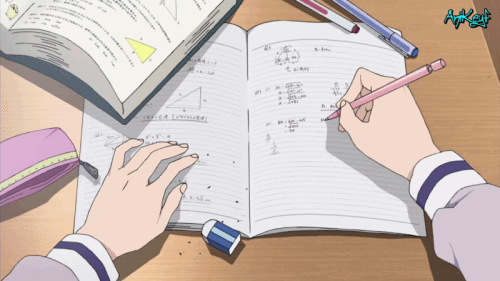
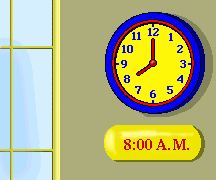

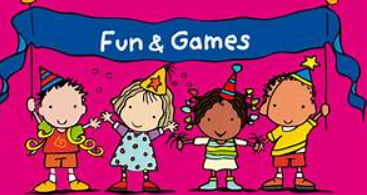
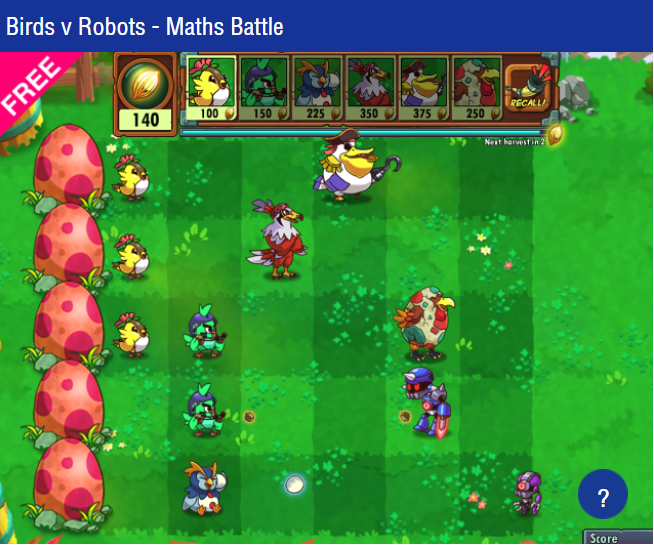
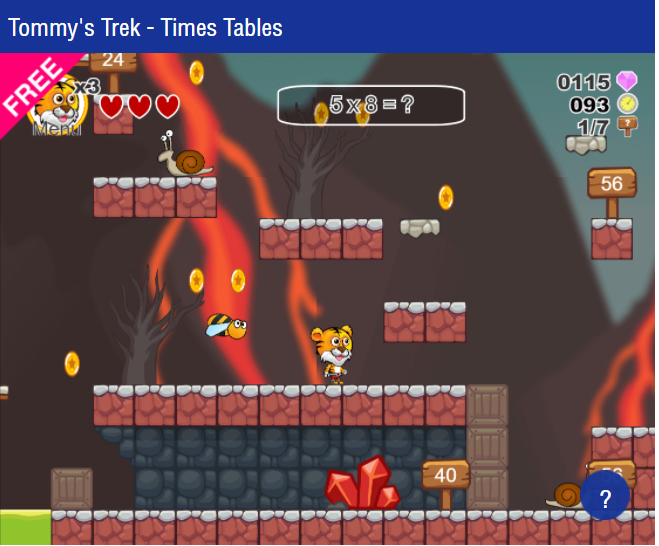
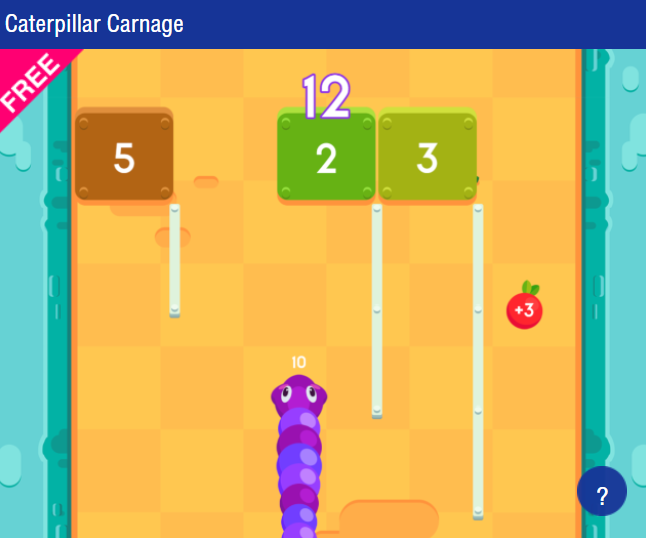
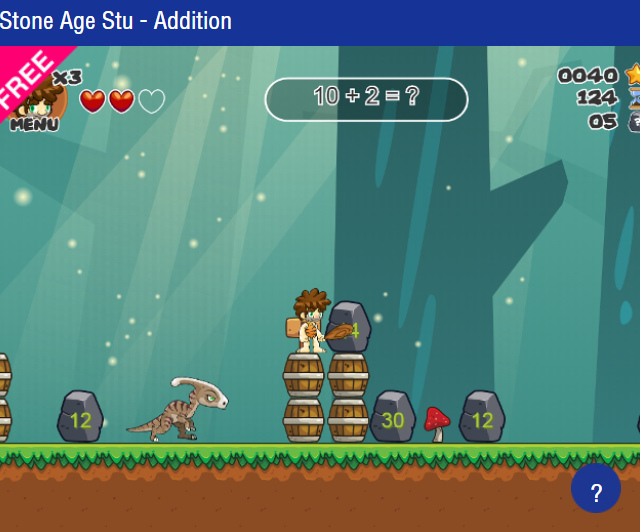
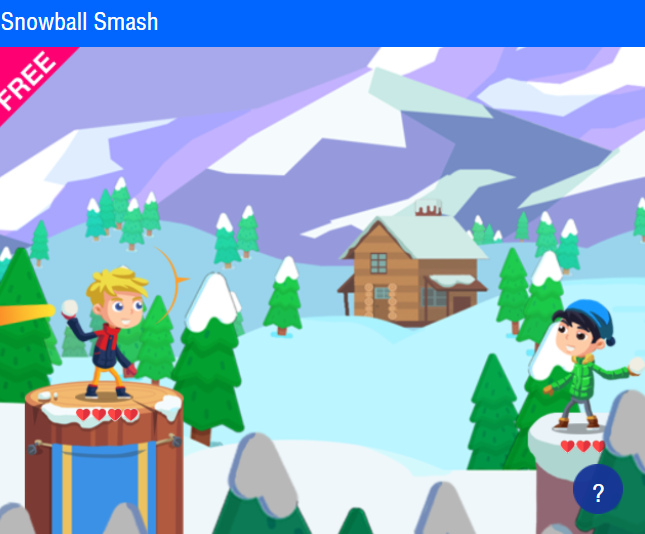
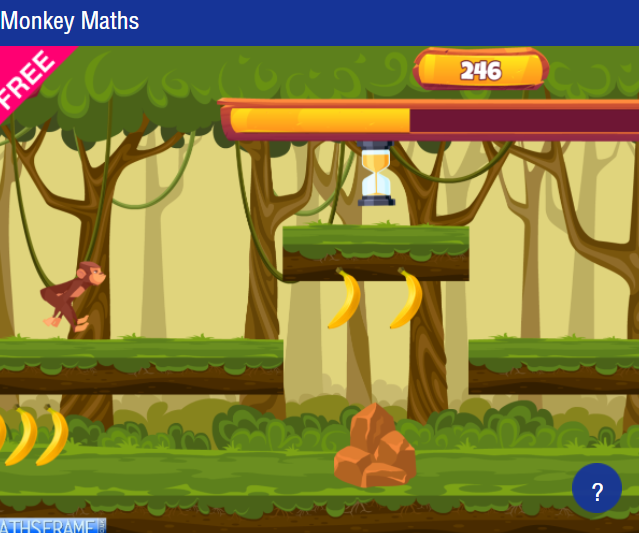

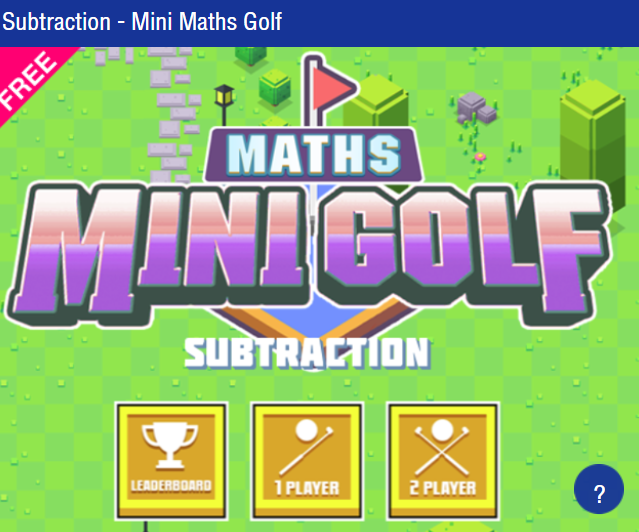
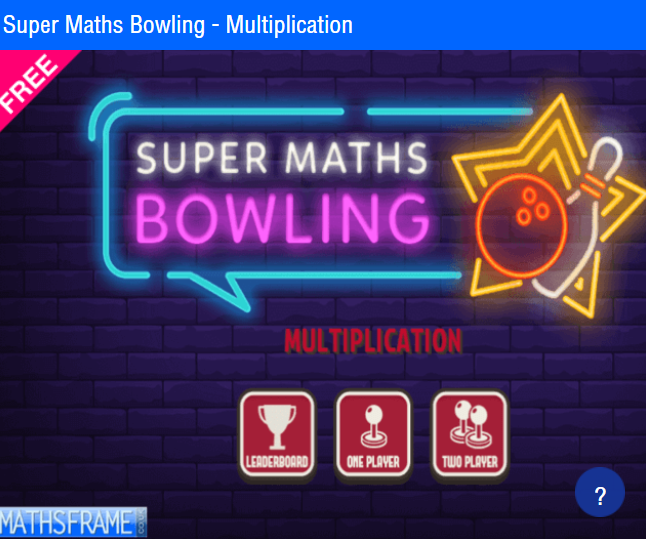
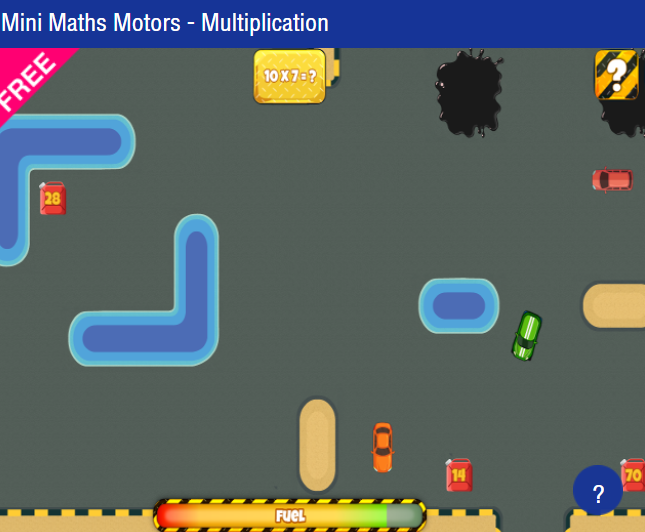
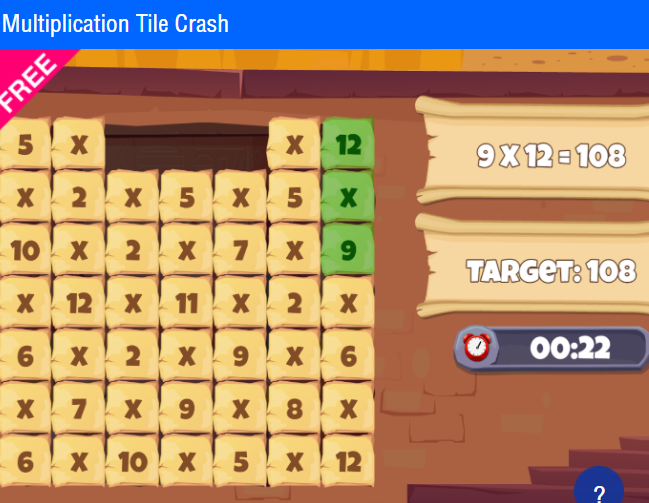
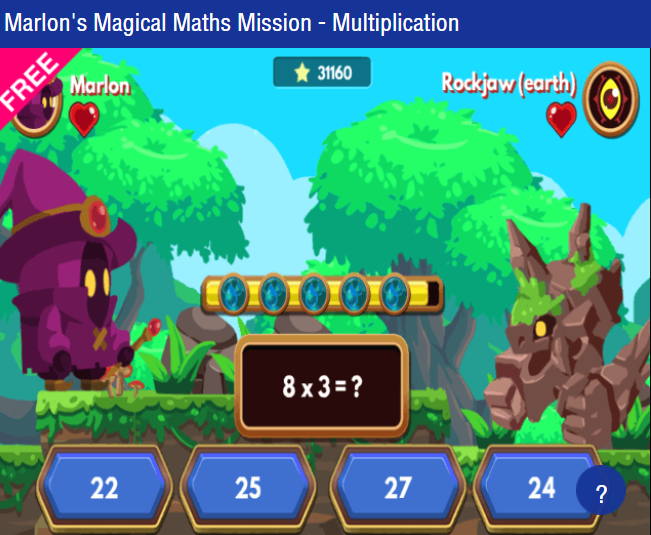
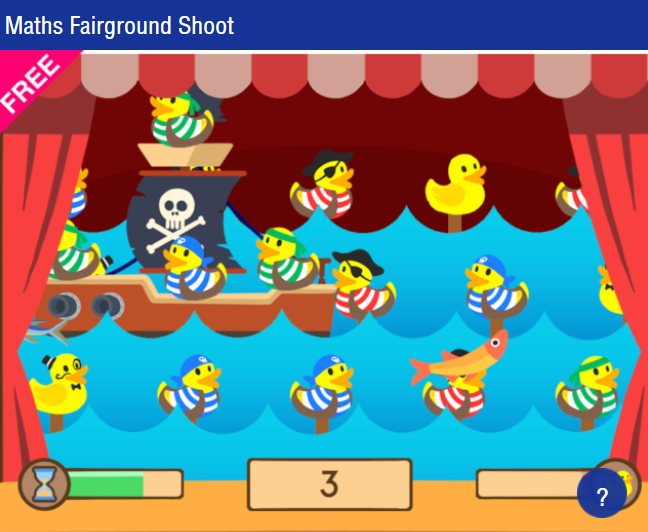
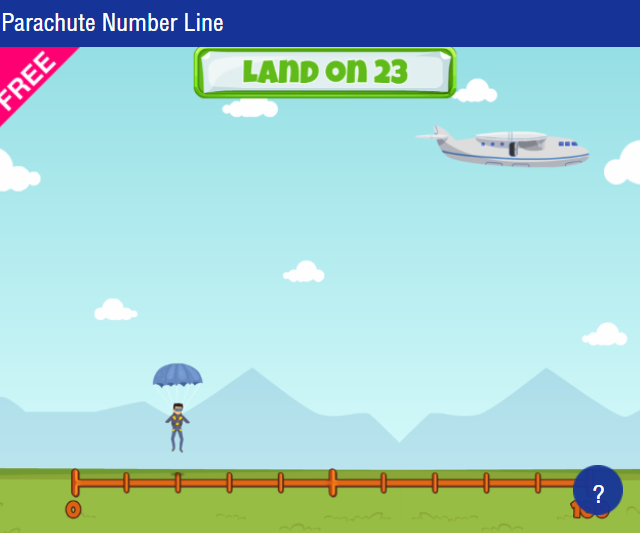
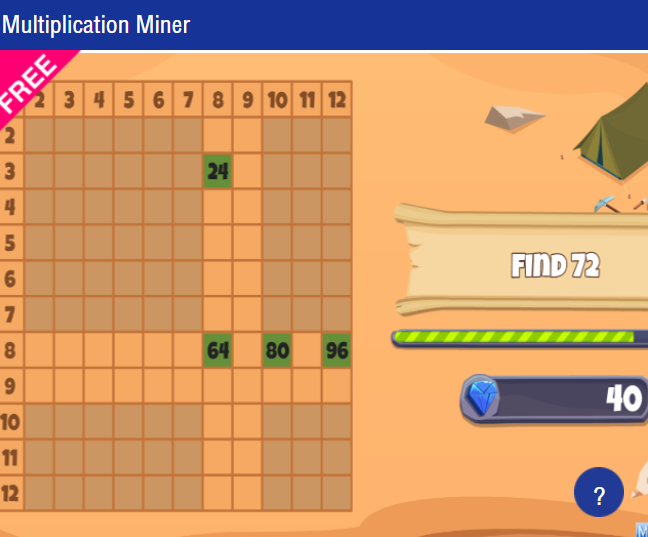
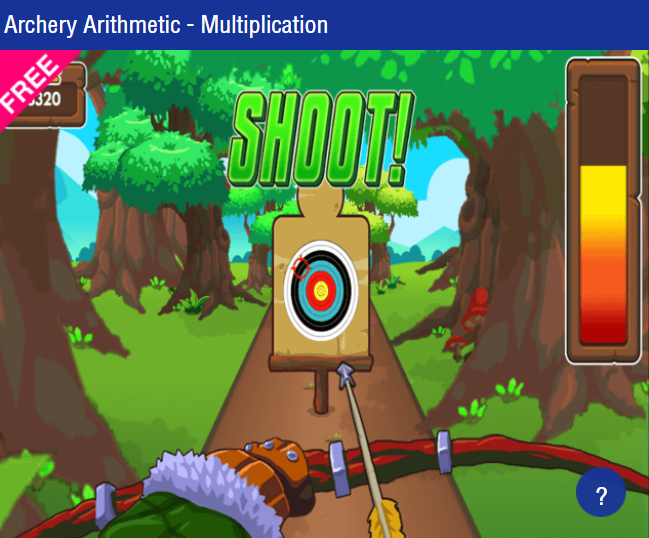
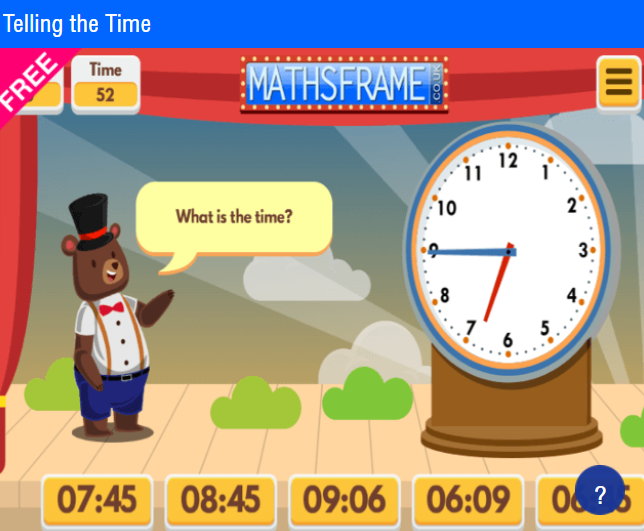
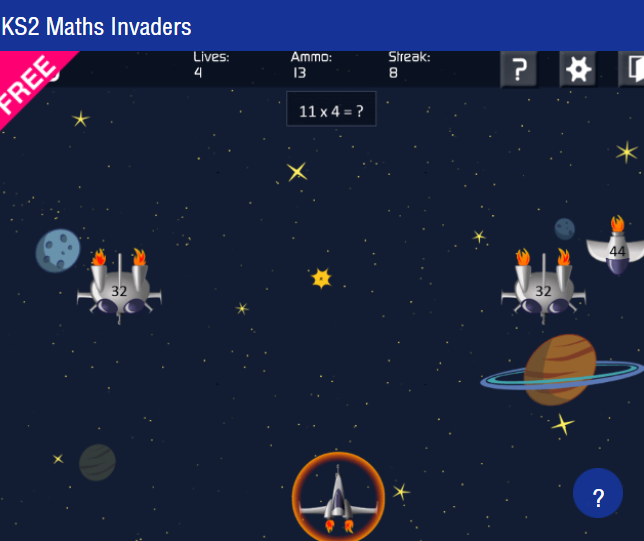
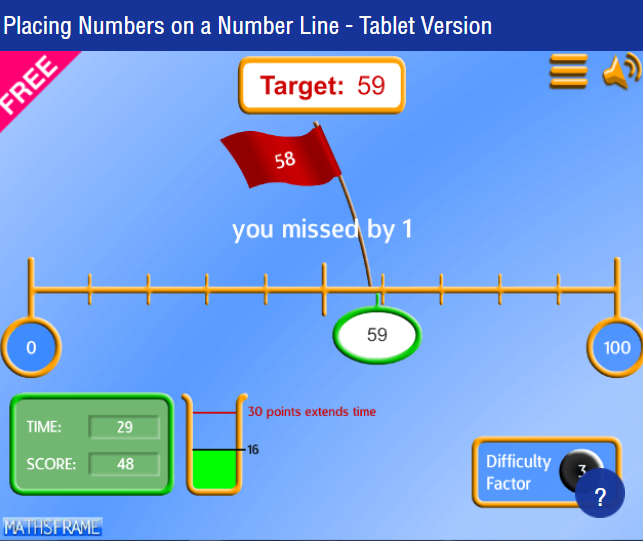
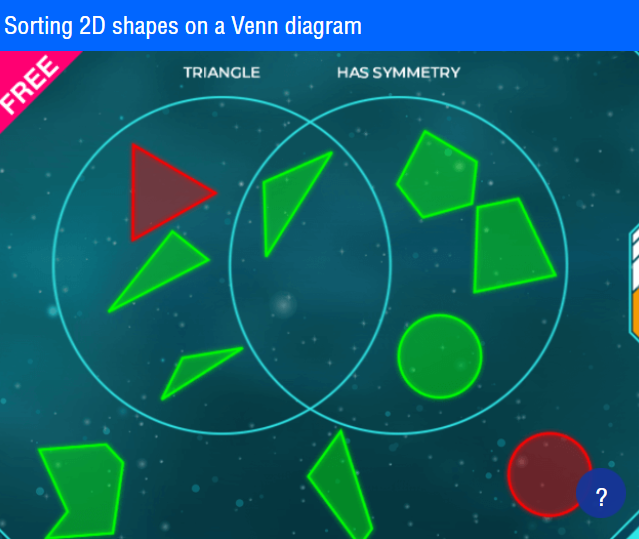


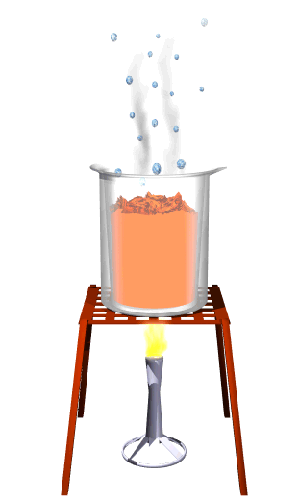
Animals – Circulation and health
In this unit, the children (working at a secure level) will be able to:
-
identify factors that affect our health and how to reduce their negative impact
-
summarise the key structures and purpose of the circulatory system
-
identify the key roles of blood
-
explore the relationship between animal size and heart rate, and exercise and heart rate
-
describe the relationship between heart rate and fitness.
Working scientifically
When working scientifically, the children (working at a secure level) will:
-
evaluate sources of information.
-
evaluate a model.
-
interpret patterns in data
-
write a method
-
draw a line graph.
Living things – Classifying big and small
In this unit, the children (working at a secure level) will be able to:
-
explain how organisms are classified using the Linnaean system
-
classify the cold and warm-blooded vertebrate groups using their common characteristic.
-
classify invertebrates using their characteristics
-
describe how the plant kingdom is organised based on shared characteristics
-
describe and classify micro-organisms.
Working scientifically
When working scientifically, the children (working at a secure level) will:
-
use a classification key to classify frog species
-
use a classification key to classify vertebrates
-
use a classification key to classify invertebrates
-
produce a working classification key
-
use a classification key to classify bacteria.
Click on the link below for helpful information and activities which are all science based;

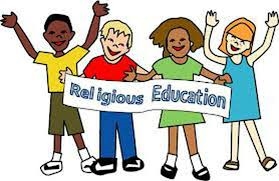
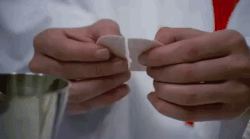

Galilee to Jerusalem
In this unit, the children will:
-
show an understanding of the Wedding at Cana by identifying literal and spiritual meaning U6 3.1
-
explain how Jesus heals with a word in the official’s son and link this to the Word of God. U6 3.1
-
identify literal and spiritual meaning in the healing of Bethesda and consider spiritual blindness U6 3.1
-
make links between the feeding of the 5000 and the Eucharist belief U6 3.1 D6 3.2
-
explain how Jesus walking on water reveals his divine identity and connects to Moses. U6 3.1
-
show an understanding of the healing of the man born blind identifying literal and spiritual meaning. U6 3.1
-
explain the raising of Lazarus and what this sign reveals about eternal life. U6 3.1 D6 3.2
-
use specialist vocabulary to make links between and ‘I am’ statement and Christian belief. U6 3.2
-
know the seven sacraments and explain their purpose in the life of the Church U6 3.4 D6 3.1
-
give reasons why the church teaches that sacraments are meeting points where God is present. D6 3.1
-
explain the role of deacon, priest, and bishop in sacramental celebrations. U6 3.5
-
describe how the parish celebrates sacraments and why some occur frequently and others rarely U6 3.6
Desert to Garden
In this unit, the children will:
-
describe how St John’s Gospel tells the story of Holy Week and explain that it uses symbols to reveal who Jesus is
-
explain the meaning of the anointing at Bethany and how it foreshadows Jesus’ kingship, betrayal, and burial
-
describe how Jesus washed his disciples’ feet and explain how this act shows true leadership and love
-
explain Jesus’ new commandment to love one another and reflect on how this shows what true discipleship means
-
describe the events of Jesus’ arrest in the garden and explain how St John presents Jesus as the Paschal Lamb
-
examine Jesus’ trial before Pilate and discuss whether or not Jesus had a fair trial using evidence from John’s Gospel
-
describe what happened at the Crucifixion and explain its link to the Passover lamb and the sacrifice for all people
-
explain why Mary is called the mother of all Christians and describe her role at the Cross in John’s Gospel
-
explain the meaning of the blood and water flowing from Jesus’ side and how this symbolises the birth of the Church
-
describe how Christians remember Jesus’ journey to the Cross through the Stations of the Cross and reflect on how this inspires them to follow Jesus today.
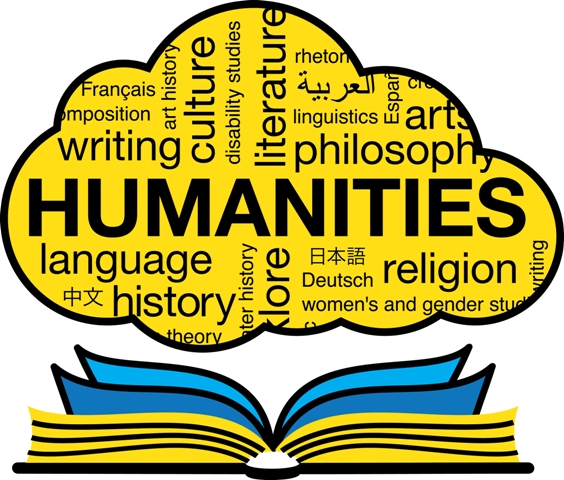
.gif)
.gif)
.gif)
Geography
Biomes and climate zones
Threshold Concepts Covered
Main Events
Travel and Exploration
Vocabulary
Society
By the end of the unit, the children will be able to;
• identify and mark the Earth’s biomes and climate zones on a map
• explore the physical features of the tropical rainforest and the impact humans have on it
• examine the physical characteristics of the desert biome and how plants and animals have adapted to survive there
• compare tropical rainforest and desert biomes
• explore the savannah biome and the animals and plants that inhabit it
• explore and understand the temperature deciduous forest biome
• recognise and understand what is classified by the marine biome and what we can do to protect it
• explore freshwater biomes and make comparisons with a marine biome
• recognise the characteristics of a tundra and explore how plants and animals have adapted to survive there
• identify the features of the taiga biome and recognise that human activities are endangering its existence
• examine how plants and animals have adapted to survive in the grassland biome.

Computer systems and networks: Exploring AI
National Curriculum Objectives covered:
By the end of the unit, children working at a secure level will be able to;
-
explain what AI is and its basic functions
-
identify real-life applications of AI that are commonly used in everyday life
-
identify how AI understands and processes text and image prompts
-
identify how AI generates code and how it can be helpful in web design
-
identify how AI can be a useful starting point for a project
-
start to debate the potential of AI replacing human roles.
Introduction to Python
National Curriculum Objectives:
By the end of the unit, children working at a secure level will be able to;
-
use nested loops in their designs, explaining why they need two repeats
-
alter the house drawing using Python commands; use comments to show a level of understanding around what their code does
-
use loops in Python and explain what the parts of a loop do
-
recognise that computers can chose random numbers; decompose the program into an algorithm and modify a program to personalise it.
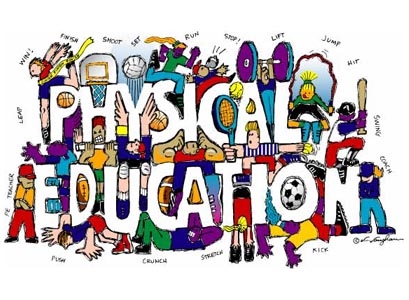
2x 45 minutes session taught by external company non-stop action.
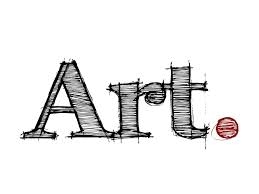
Capturing conflict
Threshold Concepts Covered
-
Artists and Artisans
-
Visual Language
-
Effects
-
Emotions
-
Process
-
Media and materials
-
Styles and periods
By the end of the unit, the children will be able to;
-
explore and analyse the use of colour in Copley’s The Death of Major Peirson.
-
understand how Charles Bell revealed the physical suffering of war and created emotions of sympathy in his artwork.
-
compare and contrast war art during and after the 20th Century.
-
summarise the reasons why a government might see it as important to commission official war artists.
-
recognise that Paul Nash showed an element of Surrealism in his early artwork as a child.
-
summarise why Paul Nash often sketched his war art before painting.
-
describe the features of the painting Totes Meer.
-
create their own piece of conflict art and to critically analyse their work.

D&T – Design a waistcoat
Design
In this unit, children working at a secure level will:
-
consider a range of factors in their design criteria and use this to make a waistcoat design
Make
-
use a template to make and cut out a design
-
use a running stitch to join fabric to make a functional waistcoat
-
attach a secure fastening, as well as decorative objects
Evaluate
evaluate their ideas and products against their design criteria and consider the views of others to improve their work.
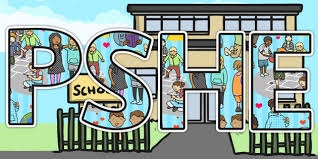
SRE
Module 2: Created to Love Others
UKS2 Module Two: Created to Love Others explores the individual’s relationship with others. Building on the understanding that we have been created out of love and for love, this module explores how we take this calling into our family, friendships and relationships, and teaches strategies for developing healthy relationships and keeping safe both online and in our daily lives.
Unit 1 – Religious Understanding explores the nature of God’s call to love others. Children will study and reflect imaginatively on the story of Zacchaeus’ conversion, and explore ways they can hear God’s call in their lives.
UNIT 2 - Through a series of short sketches from presenters Zoe and Joey, Unit 2 – Personal Relationships aims to equip children with strategies for more complex experiences of relationships and conflict. This covers how to respond to spoken and unspoken pressure, the concept of consent, and further teaching on how our thoughts and feelings affect how we act. The concept of fairness is introduced, where pupils will consider what bullying, prejudice and discrimination are. A series of Classroom Shorts further explores how to recognise and respond to prejudice and discrimination. Focus is also given to what attraction is, and children will also explore the concept of gender stereotypes and how these stereotypes might make us feel. This is all presented within the Christian belief that everyone is made in the image and likeness of God, is loved unconditionally by Him, has equal dignity and is deserving of equal respect.
UNIT 3 -Life Online builds on the NSPCC Share Aware resources used in Lower Key Stage Two, equipping children to make safe and sensible decisions about what online content they should/shouldn’t share, cyberbullying and how to report and get help if they encounter inappropriate messages or material. A deeper dive into why and how we should think critically about the content we consume is covered within Classroom Shorts.
UNIT 4 - After learning about Online Safety, Unit 4 – Keeping Safe considers safety in the real world, beginning with the four types of abuse: sexual, physical, emotional and neglect. Children will learn how to spot each type of abuse and who they can go to for help. Children will also learn more about practices against British law and how forced marriage is not compatible with God’s plan for marriage. The final three sessions in this module explore how drugs, alcohol and tobacco can negatively affect people’s lifestyles and the body’s natural functioning, discuss how to make good choices even in pressured situations, and teach essential First Aid, such as DR ABC and the recovery position.

Sing Up Scheme unit: Dona nobis pacem
Dona nobis pacem is a round in three parts that is set to a short prayer for peace. It is in Latin and comes from the Agnus Dei of a Roman Catholic Mass. The phrase ‘Dona nobis pacem’ translates as ‘Grant us peace’. As well as being sung in churches, it has also been adopted as a song with a broader message of peace. The melody has been passed down orally and is considered traditional. In this unit, pupils will explore pulse work in 3-time, learn to sing the song as a round, learn about musical texture, and compare music with different textures. They will create their own pieces using given rhythms and chords, working from stick notation.